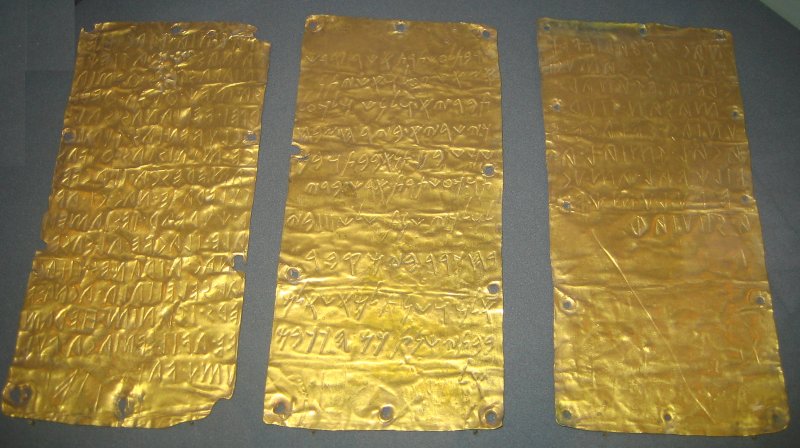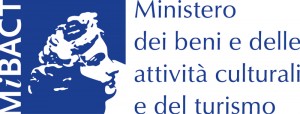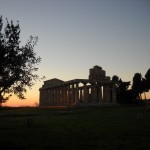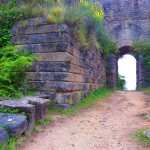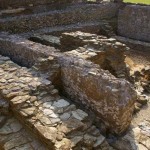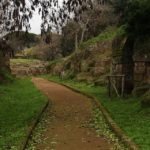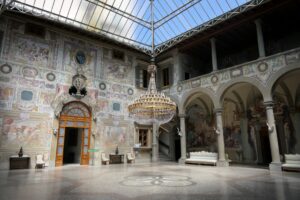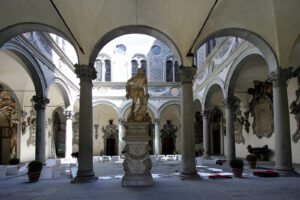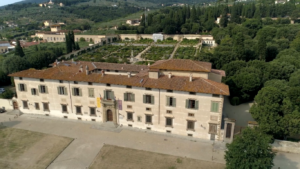Visitors have more time to spend in this beautiful site!
Cerveteri and Pyrgi
Archaeological slow tour in Lazio
By Syusy Blady
I am on the Tyrrhenian coast, in the stretch between Civitavecchia and Rome, a natural gulf protected from the wind. In ancient time this was an Etruscan port, and this actually looks like a place that was made for sailing. I reach the Castle of Santa Severa by bike. This castle is massive and stands on the ancient settlement which was firstly Etruscan, then Roman… This place has never been completely abandoned, thanks to its strategic relevance. The castle was built in XI Cntury, exactly where the ancient etruscan port of Pyrgi used to be, above the Roman Castrum. The ancient walls go all around this place and get lost in the sea… to keep seeing them you should go on to the beach and dive with a mask and flippers!
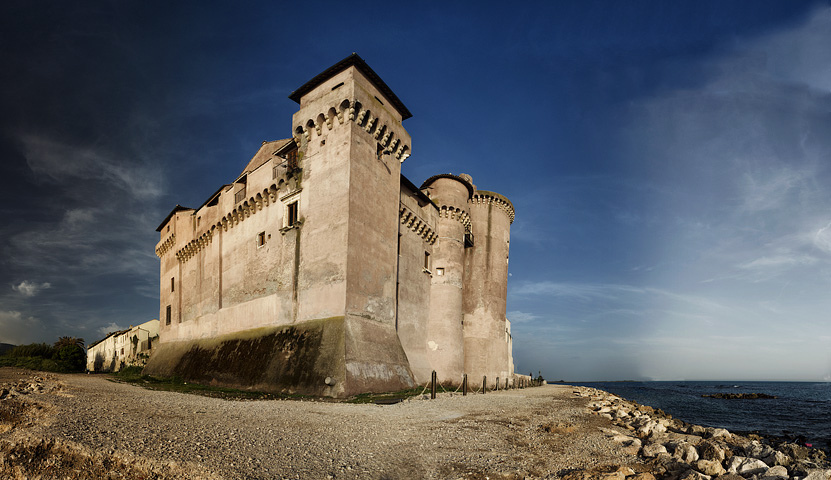
The castle of Santa Severa by Flickr user Claudio di Ludovico
The Ancient Pyrgi
The civilisation did spread mainly by sea. The archeologist Flavio Enei, at the Museum of the Sea and Ancient Navigation of Pyrgi, reiterates a fact that many may not consider: traveling by sea was a much easier thing, because the sea was (and is) the same everywhere. Furthermore, traveling inland required a certain amount of time, while, if the wind was favourable, traveling by sea was quicker. If you dive here, even just a few meters under the water level, you may find vases, ruins of walls and wells! The coast in Etruscan times was located more towards the open sea and the port with its harbours was huge.
Don’t miss the excavations: archeologists and students at the University of La Sapienza in Rome are still digging to bring the ancient village of Pyrgi back to life. Witnessing the discovery of archeological finds is very exciting. You feel a bit of awe when you find something like this, I mean these are objects that the Etruscans used on a daily basis! The area I’m walking on was probably a settlement that served as a liaison and service to the temples. Here they found a few bases of columns and a part of a road.
The site of Ossa
Here there’s a site completely covered in animals bones, animals eaten and sacrificed in the sacred area. Dr. Maria Paola Baglione supervises the excavations which have been going on for years and have brought back to life the Sanctuary of Pyrgi. The only dug up Etruscan sanctuary of which the ancient Greek and Latin sources ever talked about. It was built in VII Century, dedicated to the Goddess Uni. The temple is remembered especially for a tragic event happened back then: a raid of the famous Dionysius, the Elder of Syracuse, who carried on a surprise night attack stealing a fabulous loot, as sources hand down. Perhaps here was located the public treasury. The temple was a sacred place, but also some kind of “bank”!
In 460 BC, they built a second temple, bigger than the first one, dedicated to the Goddess Lucotea. The temple was decorated with coloured terracotta statues, and the big front panel told the final moment of the myth of the 7 against Thebes. According to the myth Capaneus challenges Zeus by climbing the Walls of Thebes, and not only he kills an enemy, but he also wants to eat his head. On the left of this panel you can see Athena holding the vial with the potion of immortality. But Athena doesn’t want to give immortality to a man who shows such ferocity! The warning here is that you can’t defy the laws of Gods, nor the laws of men. The Etruscans were wiser than we are…
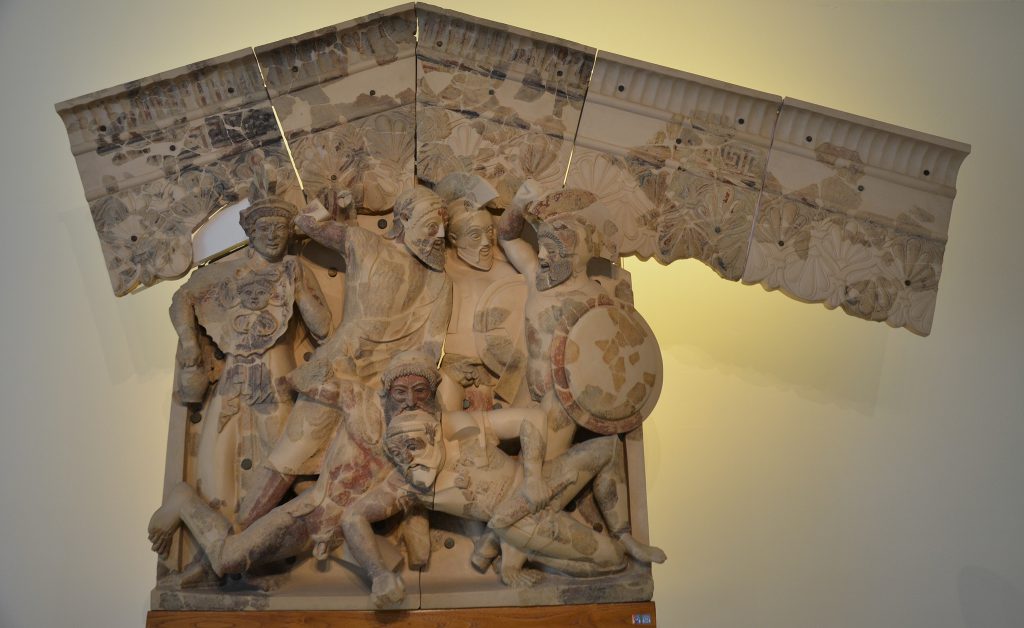
Terracotta Etruscan relief depicting scenes from the myth of the Seven Against Thebes by Flickr user Carole Raddato
A separated sea
At the castle of Santa Severa there is the archeological Museum of the Ancient Pyrgi. Inside there are the statues and the bas-reliefs found during the excavations of Pyrgi. Here the ancient Etruscan Pyrgi is revealed to us with the image of Leucothea, a Theban princess who threw herself into the sea landing right here, but also with the image of Heracles, who welcome her on the beaches of Lazio.
The awesome natural and archeological area of Pyrgi sums up the ambition of the Etruscan who lived in this area: the dominion of the sea which they named. Here there are two sanctuaries where the extraordinary Pyrgi tablets were found: three golden leaves written in Etruscan and Phoenician, proving the existence of a treaty between them, allied against the Greek Phocaeans, who had tried to establish their dominion over the Tyrrhenian Sea.
⇒ Watch the full web serie Archaeological slow tour with Mibact
Special thanks to Regione Lazio – Agenzia Regionale del Turismo for the aerial shots of the Caslte of Santa Severa
Cover pic courtesy of Flickr User MCAD Library
Visit Museum and Necropolis of Cerveteri official web-site

